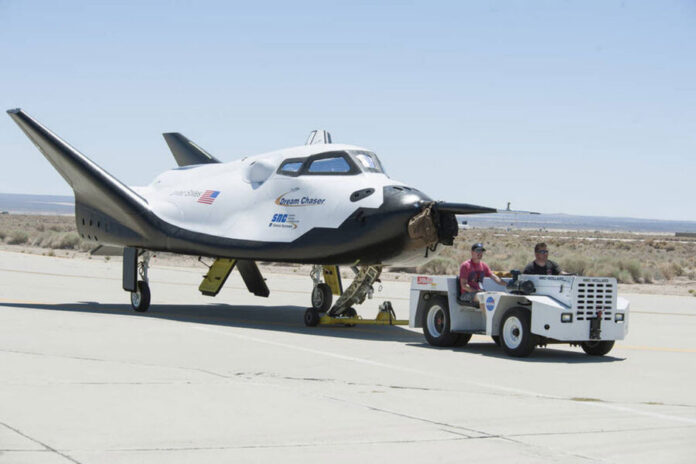NASA will soon start testing what is dubbed as the world’s first commercial spaceplane capable of orbital flight, which will eventually be used to resupply the International Space Station. The agency is set to take delivery of Sierra Space’s first Dream Chaser, which should provide an alternative to SpaceX spacecraft for trips to the ISS.
In the coming weeks, the spaceplane (which is currently at Sierra Space’s facility in Colorado) will make its way to a NASA test site in Ohio. The agency will put the vehicle, which has been named Tenacity, through its paces for between one and three months. According to Ars Technica, NASA will conduct vibration, acoustic and temperature tests to ensure tenacity can survive the rigors of a rocket launch. NASA engineers, along with government and contractor teams, are running tests to make sure it’s safe for Tenacity to approach the ISS.
All going well, Tenacity is scheduled to make its first trip to space in April on the second flight of United Launch Alliance’s Vulcan rocket. The rocket has yet to make its own first test flight, which is currently expected to happen in December. However, given how things tend to go with spaceflight, delays are always a possibility on both fronts.
The spaceplane has foldable wings, which allow it to fit inside the payload of the rocket. On its first mission, Tenacity is scheduled to stay at the ISS for 45 days. Afterward, it will return to Earth at the former space shuttle landing strip at the Kennedy Space Center in Florida rather than dropping into the ocean as many spacecraft tend to do. Sierra says the spacecraft is capable of landing at any compatible commercial runway.
“Plunging into the ocean is awful,” Sierra Space CEO Tom Vice told Ars Technica. “Landing on a runway is really nice.” The company claims Dream Chaser can bring cargo back to Earth at fewer than 1.5 Gs, which is important to help protect sensitive payloads. The spaceplane will be capable of taking up to 12,000 pounds of cargo to the ISS and bringing up to around 4,000 pounds of cargo back to terra firma. Sierra plans for its Dream Chaser fleet to eventually be capable of taking humans to low-Earth orbit too.
As things stand, SpaceX is the only company that operates fully certified spacecraft for NASA missions. Boeing also won a contract to develop a capsule for NASA back in 2014, but Starliner has yet to transport any astronauts.to the ISS. Sierra Nevada (from which Sierra Space was spun out in 2021) previously competed with those businesses for NASA commercial crew program contracts, but it lost out. However, after the company retooled Dream Chaser to focus on cargo operations for the time being, NASA chose Sierra to join its stable of cargo transportation providers in 2016.
Dream Chaser’s first trip to the ISS has been a long time coming. It was originally planned for 2019 but the project was beset by delays. COVID-19 compounded those, as it constricted supply chains for key parts that Sierra Space needed before the company brought more of its construction work in house. The company is now aiming to have a second, human-rated version of Dream Chaser ready for the 2026 timeframe.
NASA has long been interested in using spaceplanes, dating back to the agency’s early days, and it seems closer than ever to being able to use such vehicles. Virgin Galactic (which just carried out its fifth commercial flight on Thursday) uses spaceplanes for tourist and research flights, its vehicle is only capable of suborbital operations. With Dream Chaser, Sierra has loftier goals.
SOURCE: engadget.com


